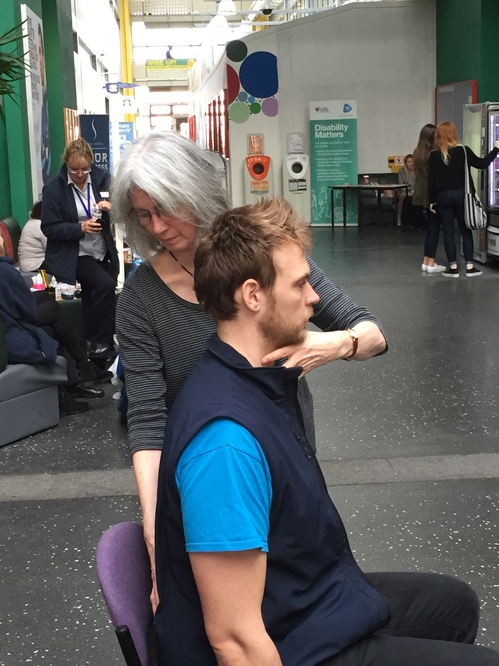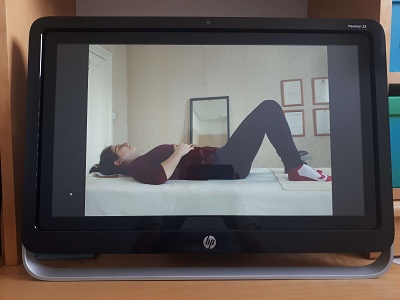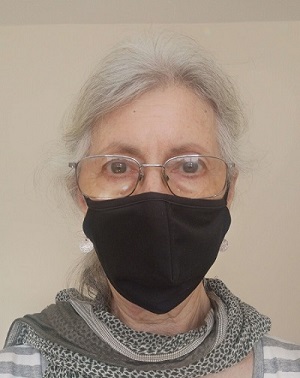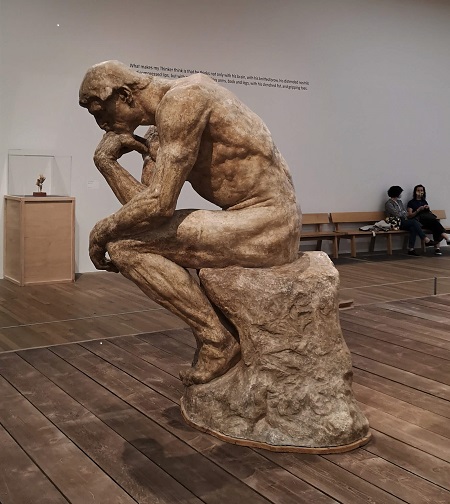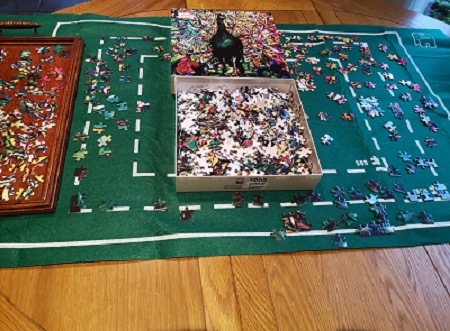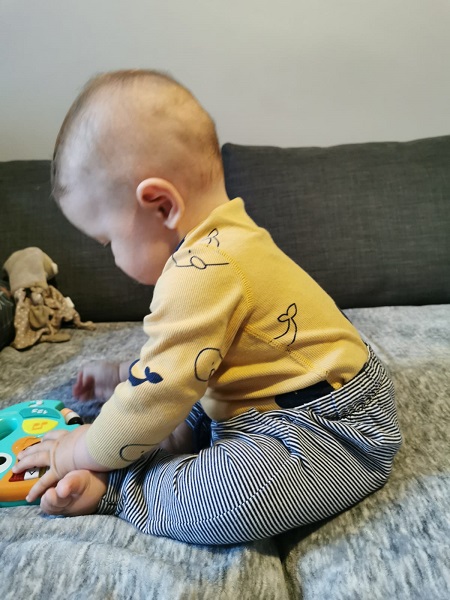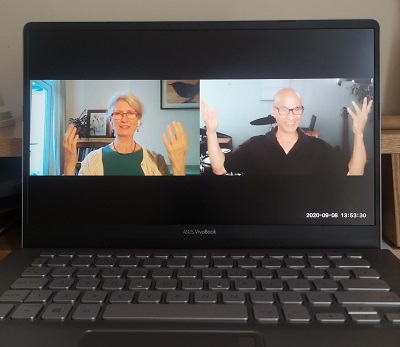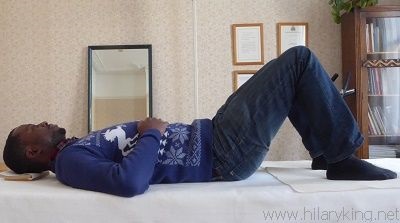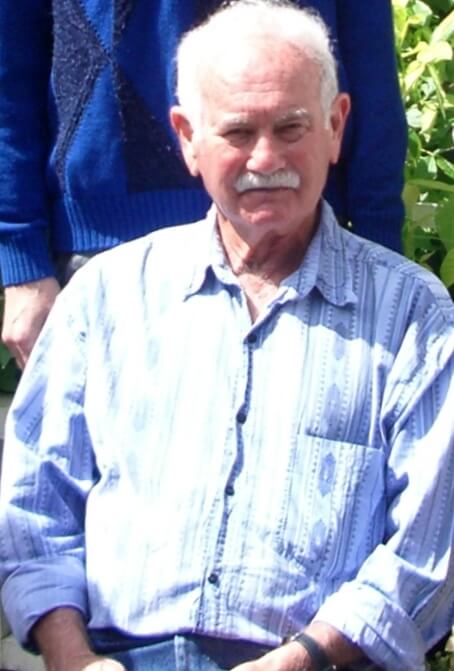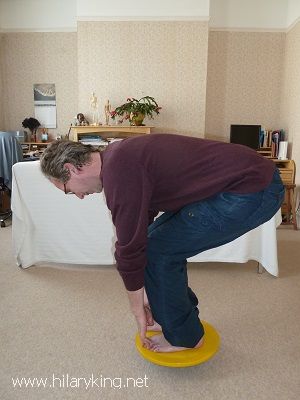Beloved by Toni Morrison
Beloved is a Pulitzer Prize winning book and the latest we are reading in my book group. I will not attempt to discuss this remarkable and brilliant book about enslavement but there is a section that I wish to quote.
Love yourself and your flesh
Baby Suggs has been praying, surrounded by a group of escaped slaves who had been dancing in a secluded woodland glade. She talks of the cruelty of the slave traders towards her people ‘Yonder they do not love your flesh’ ( I have not included those parts here) and she passionately tells her community the way in which they can begin to heal themselves.
‘In the silence that followed, Baby Suggs, holy, offered up to them her great big heart… She told them that the only grace they could have was the grace they could imagine….
In this place , we flesh; flesh that weeps, laughs; flesh that dances on bare feet in grass. Love it. Love it hard… Love your hands! Love them. Raise them up and kiss them. Touch others with them, pat them together, stroke them on your face…. You got to love it, you.. This is flesh I’m talking about here. Flesh that needs to be loved. Feet that need to rest and to dance. Backs that need support; shoulders that need arms, strong arms I’m telling you…. So love your neck; put a hand on it, grace it, stroke it and hold it up… and all your inside parts…. hear me now, love your heart. For this is the prize’
Self Care
The Alexander Technique is described as a form of self care but too often it is just seen as a way of ‘fixing a problem’. For instance, research has shown that the AT helps back and neck pain. It’s also known for reducing tension and improving our posture. Lesser understood is that it is also a way to help us accept ourselves as we are, to love and care for ourselves in a way that allows us to blossom and grow. These qualities are harder to research scientifically, so it hasn’t been proved. However, Morrison’s words resonate deeply with the essence of AT work. This deep love and respect for ourselves is also incorporated into the Psychosynthesis Therapy training that I did.
Love your hands!
What a difference it makes to someone struggling with the pain of RSI for instance, if they include the idea of loving their hands. We can get annoyed with ourselves and our hands if we have RSI! But annoyance merely increases the tension and then the pain. Loving our hands allows a different way of dealing with the problem and will enhance our Alexander lessons. Healing is likely to take place more quickly if we are kind to ourselves.
Toni Morrison said that in her book Beloved “The conceptual connection is the search for the beloved – the part of the self that is you, and loves you, and is always there for you. Her words are well worth absorbing into our awareness so that we can begin to embody them. This will surely help us to heal and live our lives more richly.

